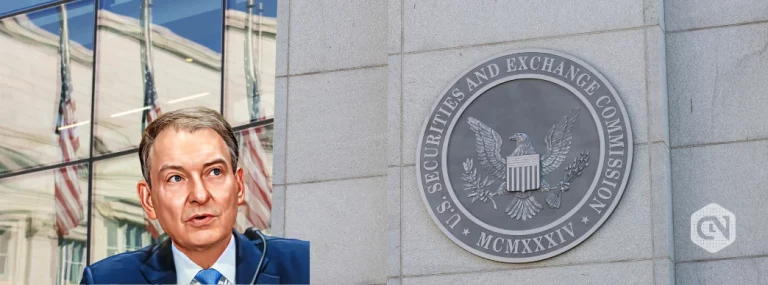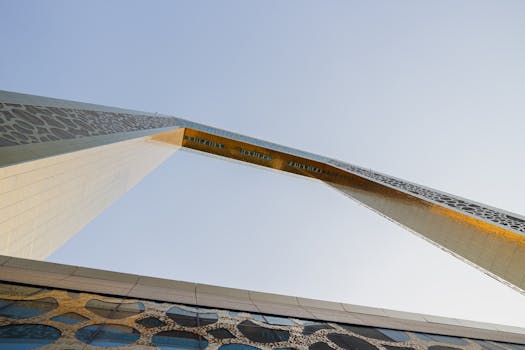
The Rise of Modern Architecture in Dubai
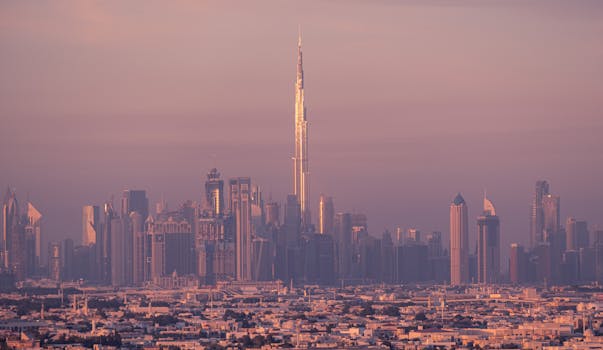
Dubai has become synonymous with modern architecture, showcasing a skyline filled with innovative structures that push the boundaries of design. Over the past few decades, this city has undergone a transformation, evolving from a modest trading port into a global hub of architectural excellence.
Iconic Structures That Define the Skyline
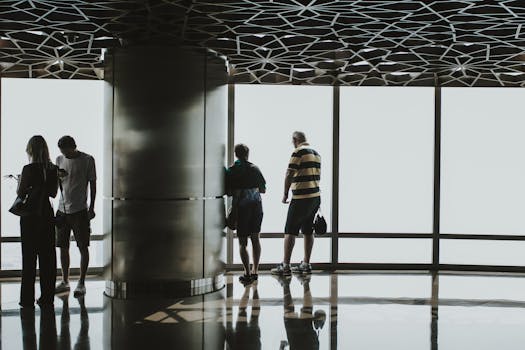
Among the most recognizable landmarks is the Burj Khalifa, which stands as the tallest building in the world. This architectural marvel symbolizes Dubai’s ambition and showcases cutting-edge engineering techniques. Other notable structures include the Burj Al Arab, known for its sail-like design, and the twisting Cactus Tower, which reflects the city’s commitment to unique aesthetics.
Sustainable Architecture and Urban Planning
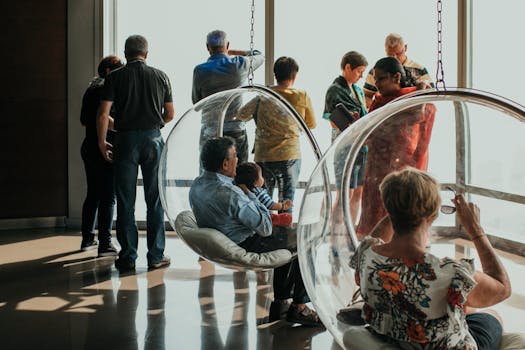
As Dubai continues to grow, sustainability has become a focal point in modern architecture. Initiatives like the Dubai Sustainable City aim to create eco-friendly living spaces that incorporate renewable energy and green building practices. This approach not only enhances the quality of life for residents but also sets a benchmark for future developments.
The Influence of Culture and Tradition
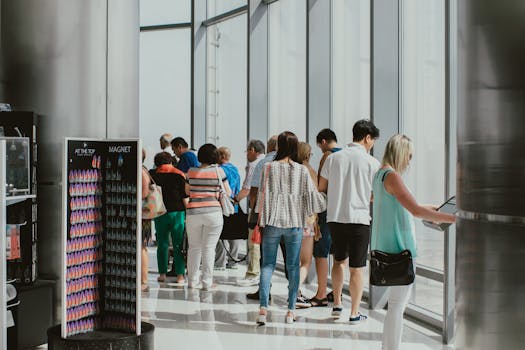
Modern architecture in Dubai doesn’t shy away from its rich cultural heritage. Many contemporary designs incorporate traditional elements, blending the old with the new. For instance, the Al Fahidi Historical Neighborhood features wind towers and narrow alleys, reflecting the architectural style of the Emirati past while coexisting with modern developments.
The Future of Architecture in Dubai
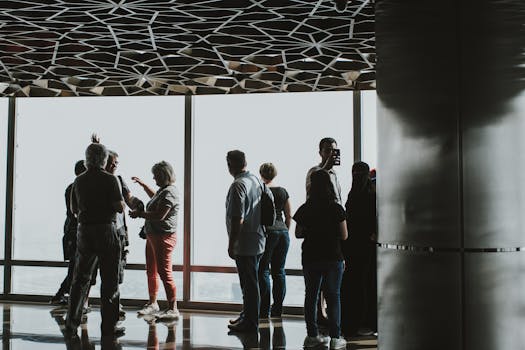
Looking ahead, Dubai’s architectural landscape is poised for even greater innovation. Projects like the Museum of the Future and the Dubai Creek Tower promise to redefine the boundaries of creativity and engineering. As the city continues to attract international architects and designers, it will remain at the forefront of modern architecture.


